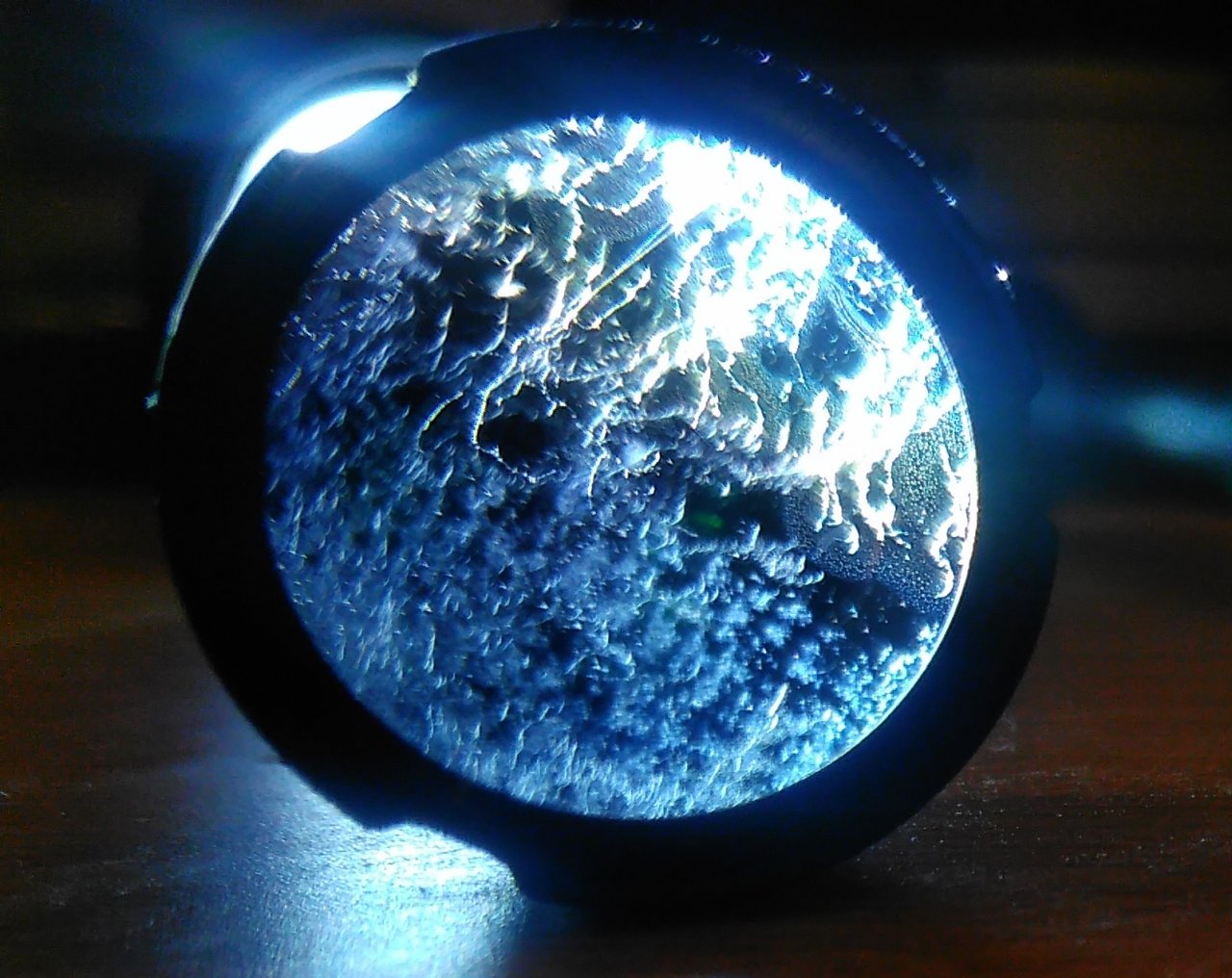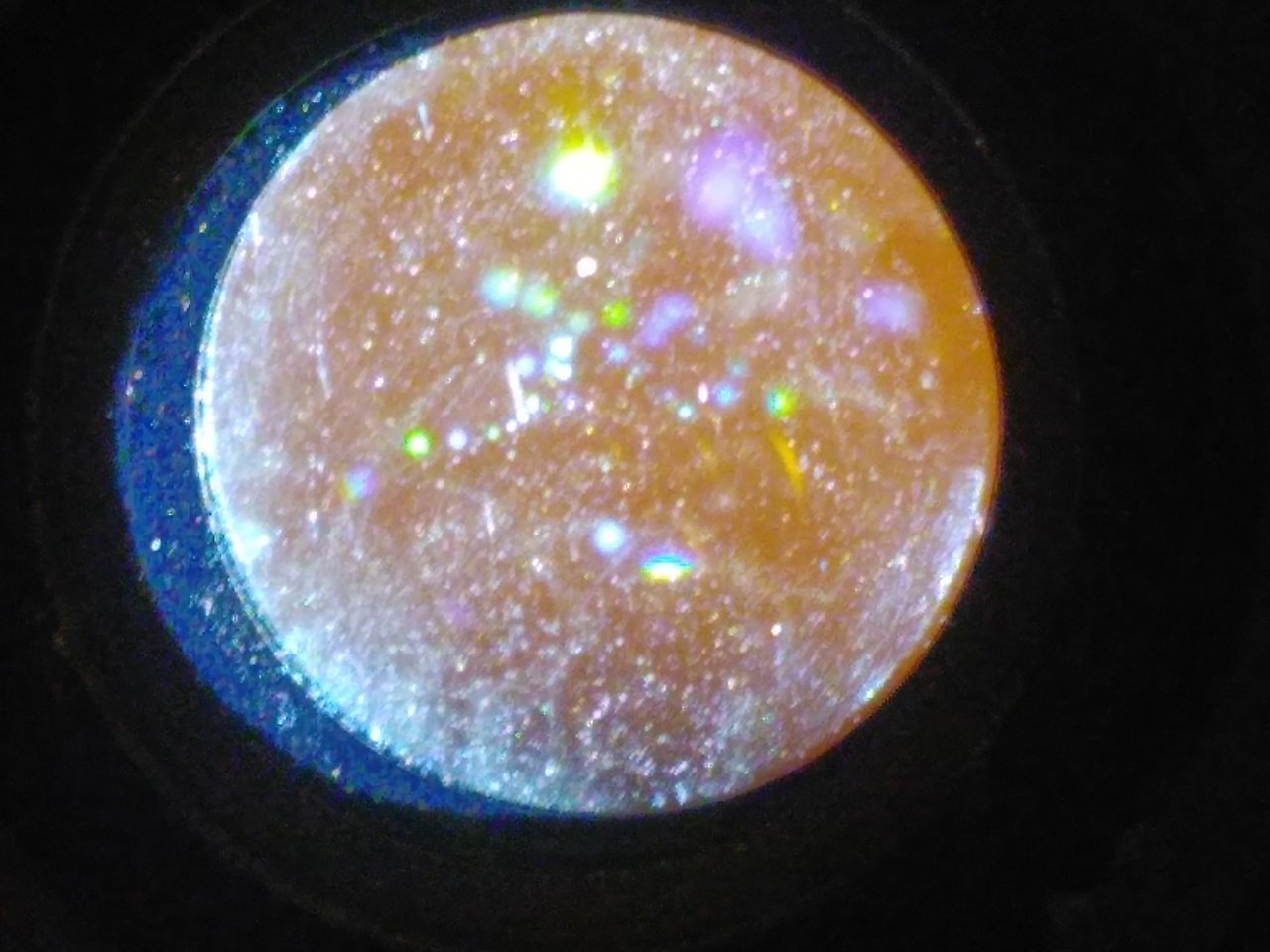 Originally posted by emalvick
Originally posted by emalvick 
My thoughts on all your efforts, is I would probably keep that lens segregated from your other lenses. Mold/Fungii spores can be small and move around. The problem with these lenses is often their ability to be contagious to other lenses. That's not to say it will happen, but it is a risk, especially since you opened the lens up.
That might be a plan!
I'm actually of two thoughts on this - see, we have two scenarios regarding the type of fungus that is in the lens, and one greatly increases risk of cross-contamination, and the other only marginally increases risk.
1) This fungus is specific to camera lenses.
2) This fungus is a generic fungus that got lucky and landed on a lens that had the right conditions for growth.
In both cases, fungal growth requires specific conditions: it needs an energy source (food, sunlight), water, and a gas supply (oxygen or CO2 depending on how it's getting the energy).
With these constraints, you can see that lenses aren't a good place for fungi - gas flow is low, so the rate of growth, even under otherwise optimum conditions, will be severely limited - and even if it's getting plenty of oxygen, water is limited and growth will slow to a crawl once it's used up
The thing to remember is the air is always full of spores (and bacteria) (and occasionally small mites) (don't forget the viruses!) (and the viruses that infect the bacteria and the fungi) (and the fungi that infect the bacteria and the mites) (and the bacteria that infect the fungi and the mites)
Air is gross. In fact, EVERYTHING is gross. "Everything" is one of the more important reasons for having an immune system xD.
ANYWAY - so you always have a population of fungal spores - present, and this brings us back round to our two scenarios - that of a lens-specific fungus, and that of a generic fungus seeking any dark area of trapped moisture.
As far as I am aware, the scenario of a lens-specific fungus is unlikely for the simple reason that there isn't enough selection pressure - if there was something particular about lenses that allowed them to present a unique environment for a particular fungus, then sure - but usually fungi would actually proliferate
better in the environment where your lens is stored than in the lens itself!
A lens-specific fungus would greatly increase the risk (from close-to-zero, to whatever the transmission risk is) - while a generic/opportunistic fungus being present in one lens doesn't really increase risk in the other for the simple reason that the fungal spores are already in the the air regardless of the presence of the infected lens.
With all that in mind, you can see that it is unlikely for fungus to spread from one lens to another
unless both lenses are already in an environment that promotes fungal growth - in which case, opportunistic fungi will also infect your lens. Where the problem might arise is that your infected lens may "seed" the other lens - but again, this is all dependent on the environment providing sufficient moisture (and something for the fungus to consume for energy). So - it may increase risk of cross contamination, but only marginally, and in environments that already promote fungal growth.
This would explain why there appears to be a lot of conflicting data on fungal spread - the presence of fungus in one lens acts as a seed for the other lens - but spores would have been present anyway: so rather than being the cause of the infection in a clean lens, it instead speeds up the rate of initial infection - but the actual cause of the infection is the moisture, which allows
any fungus to grow.
Yum!
The moral of the story seems to be "don't moisten your lenses"

That said, even if the increased risk from having that lens near my other lenses is minimal, I think I'll move the post-infected lens onto astro-tracker duty, which will keep it away from my good (plus it's lighter than my minolta lens that I had earmarked for the same purpose). I also think it's a better lens than the minolta xD
---------- Post added 04-06-19 at 04:18 AM ----------
Ooops, meant to say, I'm going to make a video on dismantling that lens when I go back and dust the rear elements for a clearer view



 Similar Threads
Similar Threads 





















 Post #7 by cprobertson1
Post #7 by cprobertson1








